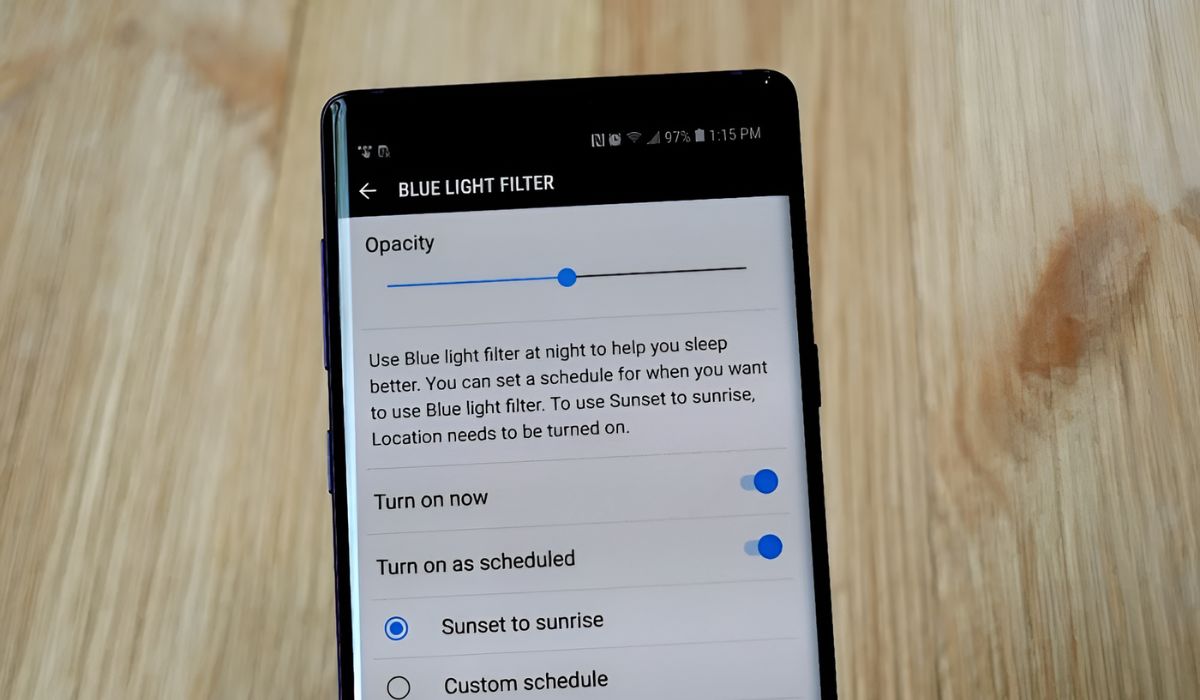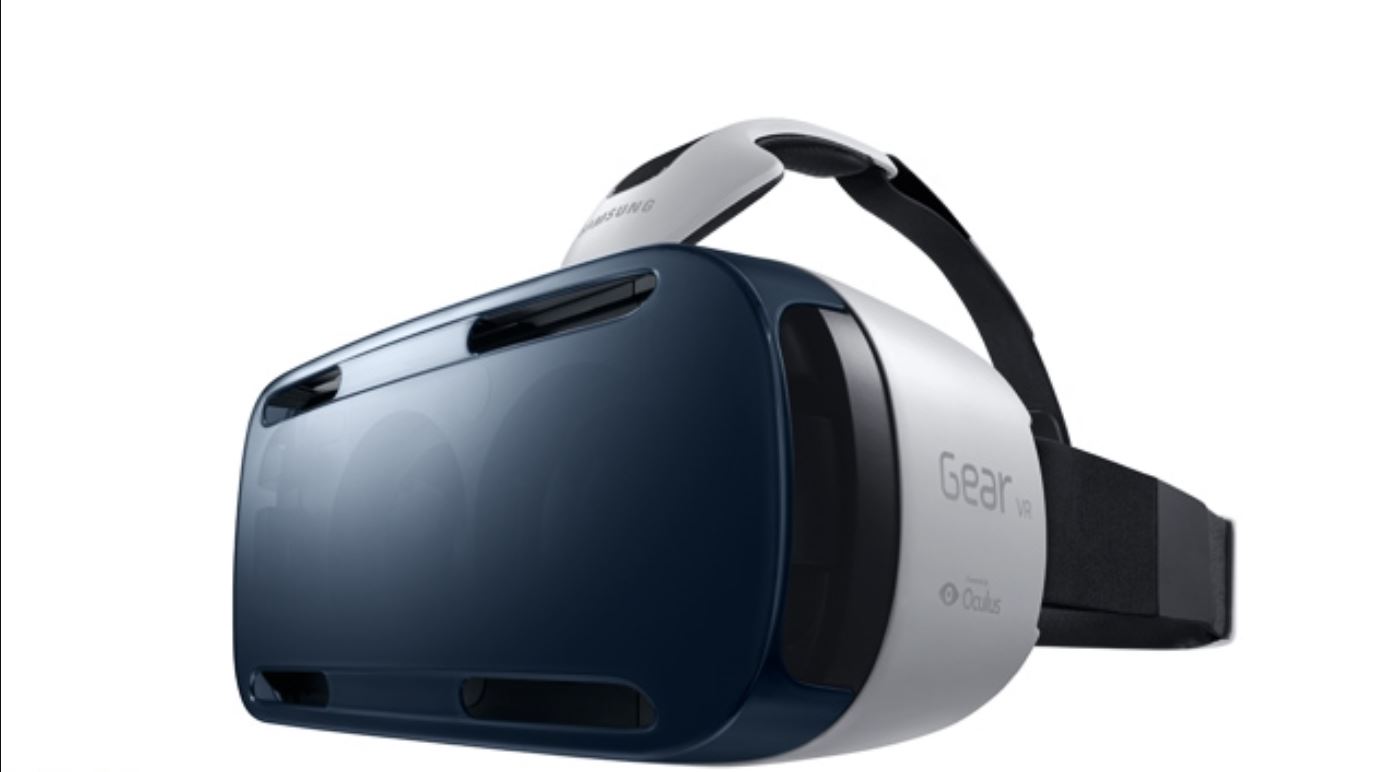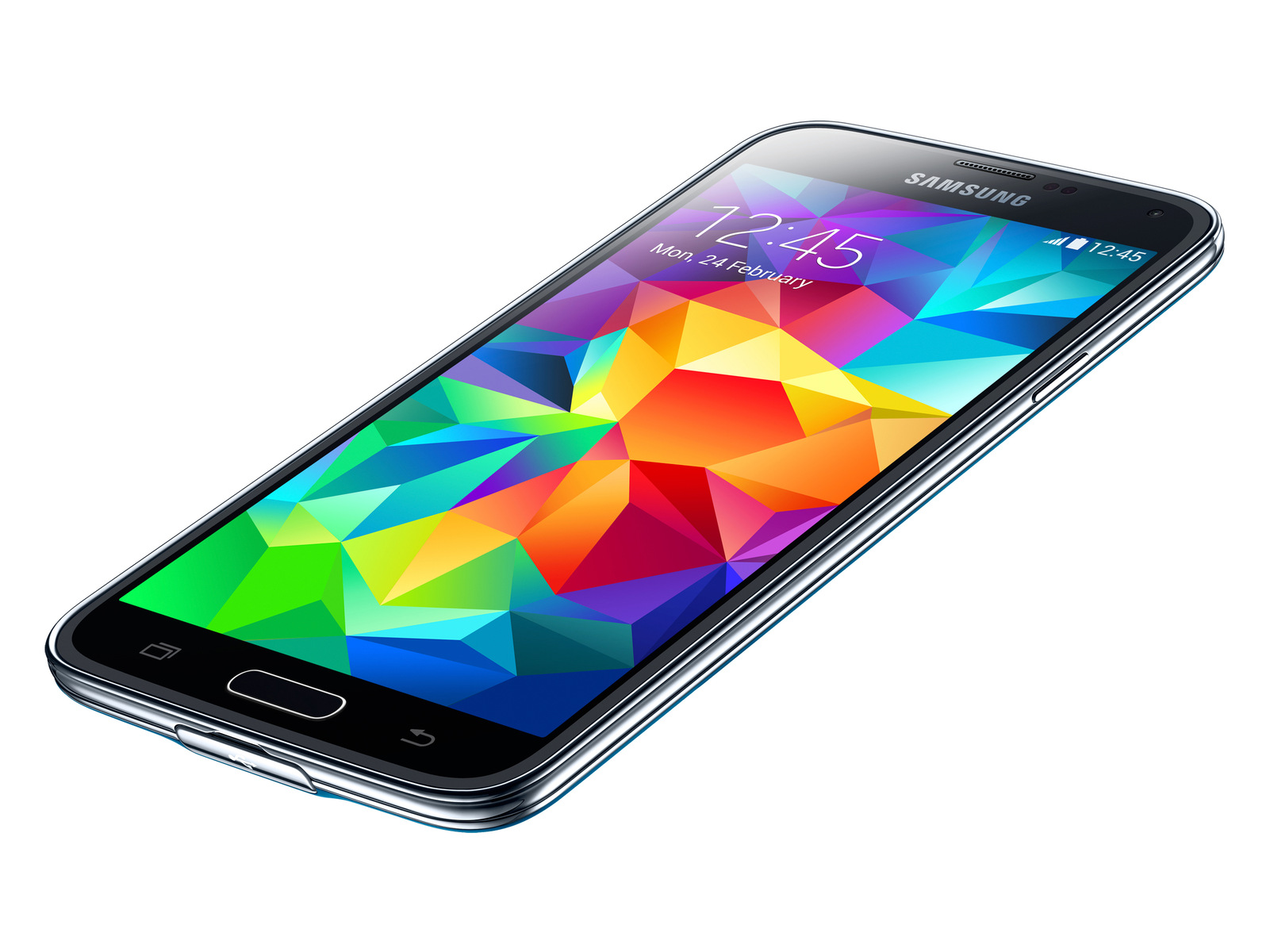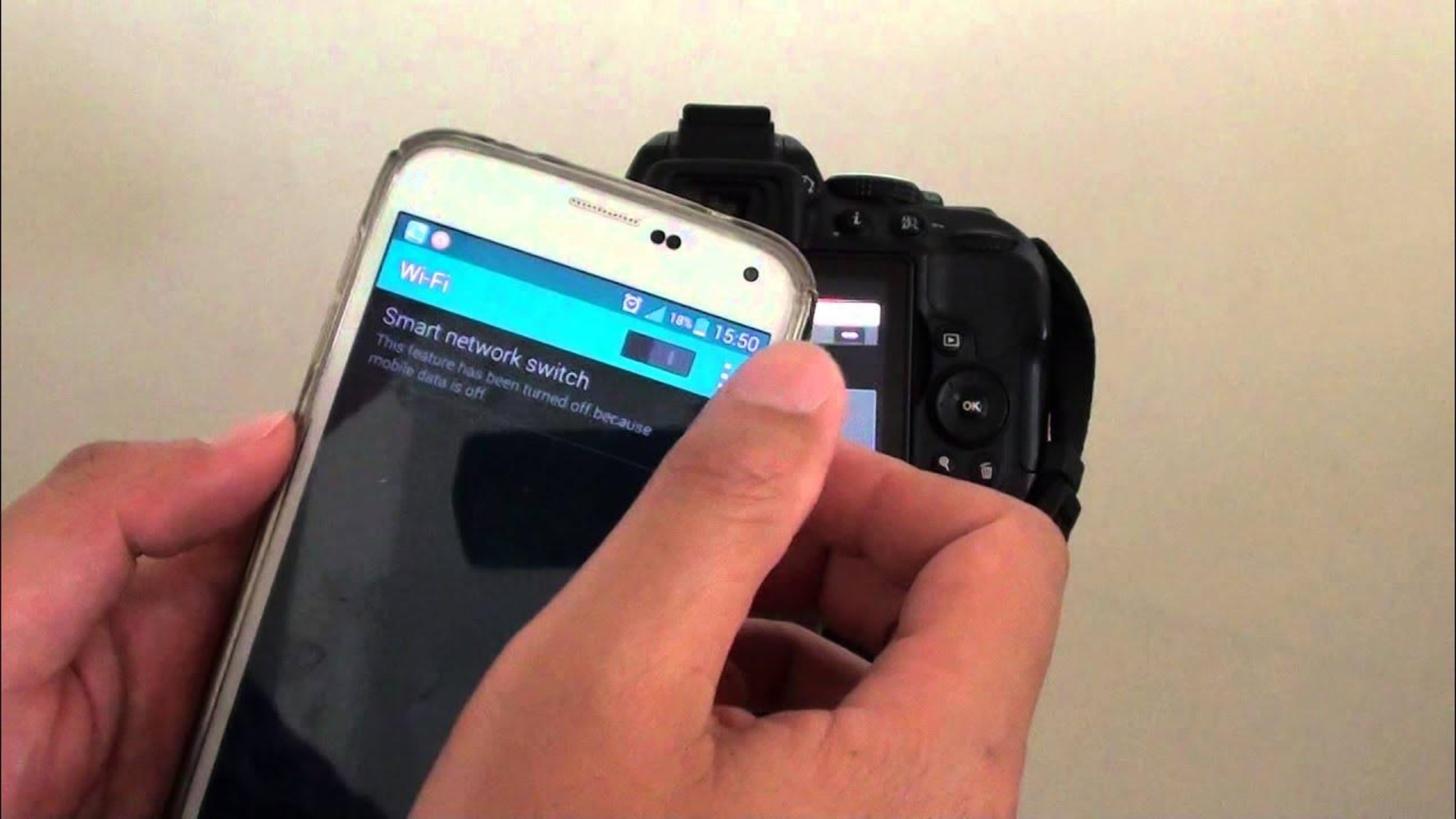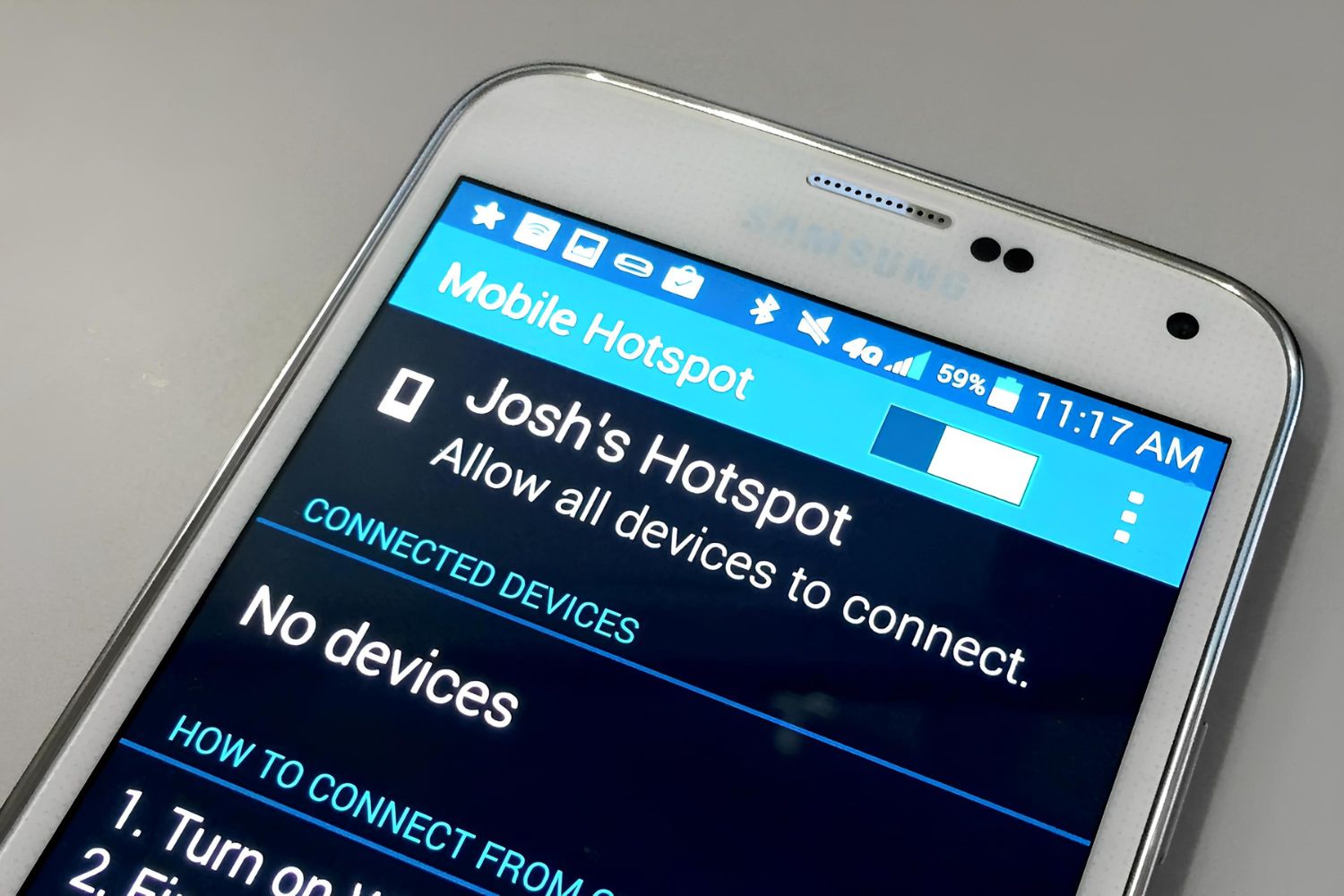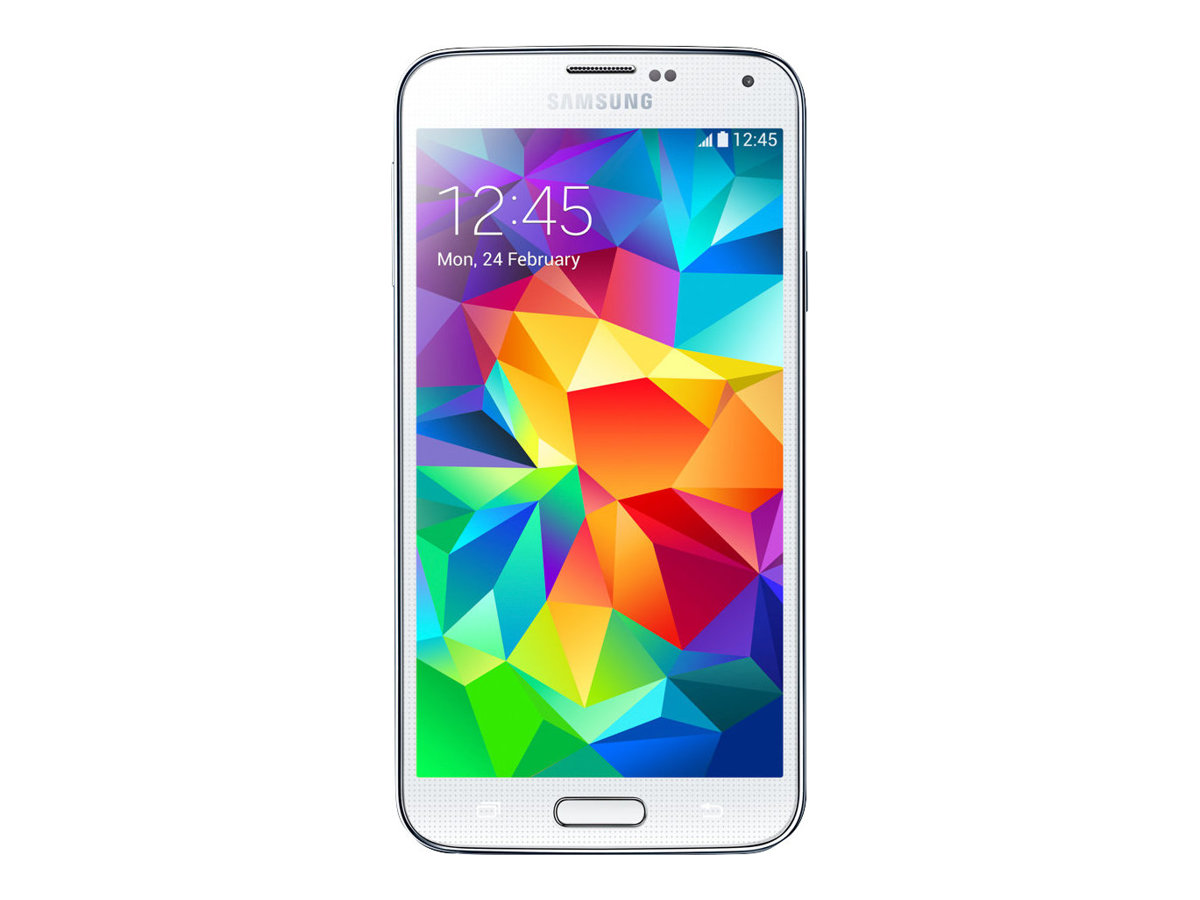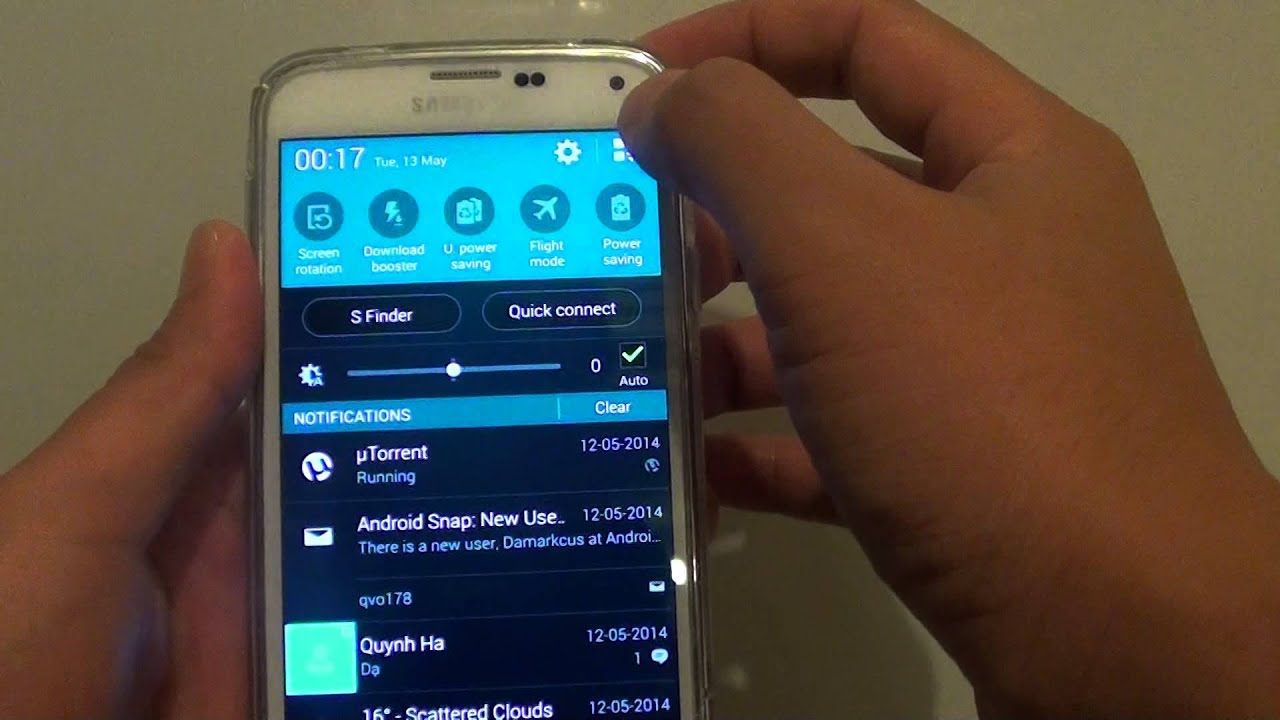Introduction
Smartphones have become an indispensable part of our daily lives, serving as our loyal companions in a world buzzing with digital connectivity. Among the plethora of features that these devices offer, the display plays a pivotal role in delivering an immersive user experience. However, the widespread use of smartphones has raised concerns about the potential adverse effects of prolonged screen time, particularly due to the emission of blue light.
Blue light, a high-energy visible (HEV) light, is emitted by various digital screens, including those of smartphones. Research has shown that excessive exposure to blue light, especially during nighttime usage, can disrupt our circadian rhythm and negatively impact our overall well-being. This has led to a growing awareness of the importance of mitigating the potential harmful effects of blue light emission from smartphone screens.
In this article, we will delve into the intricacies of blue light emission, understand the rationale behind disabling it, and explore the step-by-step process of disabling blue light emission on the Samsung Galaxy S5. By the end of this guide, you will be equipped with the knowledge and practical insights to effectively reduce blue light emission from your smartphone, thereby promoting a healthier and more comfortable viewing experience. Let's embark on this enlightening journey to optimize your smartphone settings and prioritize your well-being.
Understanding Blue Light Emission
Blue light is a visible light on the spectrum with a short wavelength and high energy. It is emitted not only by the sun but also by various artificial sources, including digital screens such as those found on smartphones, tablets, and computers. When we interact with these devices, we are exposed to blue light, which has both positive and negative implications for our well-being.
From a positive standpoint, exposure to blue light during the day can help regulate our circadian rhythm, boost attention, and elevate mood. It serves as a natural cue that signals our body to stay awake and alert. However, the issue arises when we encounter excessive blue light, particularly during evening hours or nighttime usage. Prolonged exposure to blue light in these contexts can disrupt our circadian rhythm, leading to difficulties in falling asleep and obtaining restful sleep.
The impact of blue light on our sleep patterns is attributed to its influence on the production of melatonin, a hormone responsible for regulating sleep-wake cycles. When we are exposed to blue light, especially in the evening, it suppresses the production of melatonin, making it harder for us to wind down and prepare for sleep. This disruption can have far-reaching consequences, affecting our overall sleep quality and, consequently, our physical and mental well-being.
Furthermore, prolonged exposure to blue light may contribute to digital eye strain, also known as computer vision syndrome. This condition encompasses a range of symptoms, including dry eyes, headaches, blurred vision, and neck and shoulder pain, all of which can result from extended screen time. While blue light is not the sole culprit for digital eye strain, it is a significant factor that can exacerbate these discomforts, especially when coupled with other screen-related issues such as glare and improper viewing distances.
In essence, understanding blue light emission involves recognizing its dual nature: a beneficial regulator of our daily rhythms and a potential disruptor of our sleep patterns and visual comfort. By comprehending the nuances of blue light and its effects, we can make informed decisions about managing our exposure to it, thereby safeguarding our well-being and optimizing our digital experiences.
Why Disable Blue Light Emission?
The decision to disable blue light emission on your smartphone, such as the Samsung Galaxy S5, stems from the growing awareness of the potential adverse effects associated with prolonged exposure to this type of light. As we immerse ourselves in the digital landscape, our reliance on smartphones for various activities has significantly increased, leading to extended screen time and heightened blue light exposure. Understanding the compelling reasons for disabling blue light emission can empower us to take proactive measures to mitigate its potential impact on our well-being.
1. Promoting Better Sleep Quality
One of the primary motivations for disabling blue light emission is to facilitate better sleep quality. As mentioned earlier, exposure to blue light, especially during evening hours, can disrupt our natural sleep-wake cycles by suppressing the production of melatonin, the hormone essential for inducing sleep. By reducing blue light emission from smartphone screens, particularly as bedtime approaches, we can support our body's natural circadian rhythm and enhance our ability to unwind and prepare for restful sleep.
2. Alleviating Digital Eye Strain
Another compelling reason to disable blue light emission is to alleviate digital eye strain, a prevalent concern among individuals who spend prolonged periods engaging with digital screens. Blue light, when emitted excessively, can contribute to symptoms such as dry eyes, headaches, and blurred vision, all of which fall under the umbrella of digital eye strain. By minimizing blue light emission, especially during extended smartphone usage, we can mitigate the potential discomfort and visual fatigue associated with prolonged screen exposure, thereby promoting greater visual comfort and reducing the risk of digital eye strain.
3. Enhancing Overall Well-being
Disabling blue light emission on smartphones is also aligned with the broader goal of enhancing our overall well-being in the digital age. By acknowledging the potential impact of blue light on our sleep patterns, visual comfort, and daily rhythms, we can proactively adjust our smartphone settings to create a more conducive digital environment. This proactive approach reflects a commitment to optimizing our digital experiences while prioritizing our physical and mental well-being, ultimately fostering a healthier and more balanced relationship with technology.
In essence, the decision to disable blue light emission on smartphones, such as the Samsung Galaxy S5, is driven by a holistic consideration of the potential benefits it offers. By taking proactive steps to reduce blue light exposure, we can support our sleep quality, alleviate digital eye strain, and enhance our overall well-being in the digital era. This underscores the significance of understanding the impact of blue light emission and embracing practical strategies to mitigate its potential effects, thereby empowering us to cultivate healthier and more harmonious interactions with our digital devices.
How to Disable Blue Light Emission on Samsung Galaxy S5
Disabling blue light emission on your Samsung Galaxy S5 involves navigating through the device's settings to access the display-related options. By customizing these settings, you can effectively reduce the amount of blue light emitted by the screen, thereby creating a more comfortable viewing experience. Here's a step-by-step guide to help you disable blue light emission on your Samsung Galaxy S5:
1. Access the Settings Menu
Begin by unlocking your Samsung Galaxy S5 and locating the Settings app, which is represented by a gear icon. Tap on the Settings icon to enter the device's settings menu.
2. Navigate to Display Settings
Within the Settings menu, scroll through the available options and locate the "Display" category. Tap on "Display" to access the display settings, where you can make adjustments related to the screen and its visual characteristics.
3. Enable the Blue Light Filter
Once inside the Display settings, look for the "Blue light filter" or "Night mode" option. This feature is designed to reduce the blue light emitted by the screen, particularly during evening hours or nighttime usage. Toggle the switch to enable the blue light filter, activating the screen's ability to emit warmer tones and minimize the harshness of blue light.
4. Customize Blue Light Filter Settings
After enabling the blue light filter, you may have the option to customize its settings based on your preferences. This may include adjusting the intensity of the filter or scheduling specific times for it to automatically activate, aligning with your typical usage patterns and sleep schedule.
5. Fine-Tune Color Temperature
In some cases, the display settings may offer the ability to fine-tune the color temperature of the screen. By adjusting the color temperature towards warmer tones, you can further reduce the prominence of blue light and create a visually soothing environment, especially during nighttime usage.
By following these steps, you can effectively disable blue light emission on your Samsung Galaxy S5, promoting a more comfortable viewing experience and potentially mitigating the adverse effects associated with prolonged blue light exposure. This proactive approach to managing blue light emission underscores the device's versatility and empowers you to tailor your smartphone settings in a manner that prioritizes your well-being.
Remember that the process of disabling blue light emission may vary slightly depending on the specific software version of your Samsung Galaxy S5. If you encounter any challenges or require additional guidance, referring to the device's user manual or seeking support from the manufacturer's official resources can provide further assistance in customizing your display settings to reduce blue light emission effectively.
Conclusion
In conclusion, the pervasive integration of smartphones into our daily routines necessitates a thoughtful approach to managing the potential impact of blue light emission on our well-being. The Samsung Galaxy S5, as a versatile and feature-rich device, offers users the ability to proactively address this concern by customizing display settings to reduce blue light emission. By embarking on this journey to disable blue light emission, users can foster a more comfortable viewing experience while potentially mitigating the adverse effects associated with prolonged exposure to blue light.
The decision to disable blue light emission on the Samsung Galaxy S5 reflects a proactive stance toward promoting better sleep quality, alleviating digital eye strain, and enhancing overall well-being in the digital age. By understanding the dual nature of blue light and its potential impact on our daily rhythms, users can harness the device's display settings to create a more conducive digital environment that aligns with their well-being priorities.
Through the step-by-step guide provided, users can navigate the device's settings to access the display-related options, enabling the blue light filter and customizing its settings to suit their preferences. This practical approach empowers users to tailor their smartphone settings in a manner that prioritizes their well-being, reflecting a harmonious balance between technological innovation and personal health considerations.
As technology continues to evolve, the ability to customize smartphone settings to mitigate the potential effects of blue light emission underscores the user-centric approach embedded within the Samsung Galaxy S5. By embracing these functionalities, users can embark on a journey to optimize their digital experiences while safeguarding their well-being, thereby fostering a healthier and more balanced relationship with technology.
In essence, the journey to disable blue light emission on the Samsung Galaxy S5 transcends the realm of technical customization; it embodies a conscious effort to align our digital interactions with our well-being priorities. By leveraging the device's capabilities to reduce blue light emission, users can embark on a path toward a more comfortable and visually soothing digital experience, underscoring the device's adaptability to the diverse needs and well-being considerations of its users.
In summary, the process of disabling blue light emission on the Samsung Galaxy S5 represents a proactive step toward fostering a healthier and more harmonious relationship with technology, underscoring the device's capacity to empower users to prioritize their well-being in the digital era.







